|
You know what cheddar cheese is, but do you ever wonder what it is that makes cheddar cheese, cheddar cheese? Cheddaring is the process that cheese must go through to become cheddar. It is what gives the cheddar its density and texture. We start making a vat of cheese by pumping in milk, mixing in enzymes and rennet, and then letting the vat cook. This causes the curds to form in the vat. Then we drain all the whey out. As the whey drains out we are left with a large vat of tiny matted together cheese curds. After most of the whey is gone we cut the big mat of cheese curds into smaller rectangles. Then we start flipping the squares of cheese and testing the acidity of the whey as it drains out of each slab. This tells us how often to flip or turn the cheese. Eventually we start stacking the slabs of cheese on top of each other, which pushes even more whey out. This is cheddaring and how we make both our cheese curds and cheddar cheese. Want to learn more? Set up a tour and come for a visit!
0 Comments
If you've been looking for the perfect recipe to add to your summer rotation this is it! The heat and tang from the peppers, paired with the creamy cheese blend and salty bacon is a treat for your palate. Whether you're looking for a quick snack or a party appetizer, jalapeno poppers are always a hit. I'm all about keeping things simple and jalapeno poppers are great for that, just a few ingredients and minimal clean up required! Grab some jalapenos, cream cheese, WW Homestead Dairy mild cheddar, bacon, and a few seasonings. You'll also need a cutting board, sharp knife and a baking sheet. Making jalapeno poppers is a straightforward process. If you've never done it before you'll be happy with how easy it is! Slice your peppers in half and remove the seeds and membranes. If you enjoy the spicier side of life you can leave some of the seeds and membranes. Then you'll stuff your peppers full of your cream cheese, cheddar and bacon mix. After that there ready for the oven, cook them until they are melty, crispy and ta-da! The perfect jalapeno poppers. With this recipe, you'll be creating your own jalapeno poppers that are sure to please your taste buds and impress your guests. Get ready to spice up your summer snack table enjoy this fiery snack! Recipe 6-8 servings ~ Prep Time: 25 min ~ Total Time: 40 min Ingredients:
Directions:
Let us know how your jalapeno poppers turn out! Is there anything extra you like to add to yours?
What’s the secret to the perfect smoothie? Cream line milk! If you’ve been making your smoothies with anything else you are missing out. We all know smoothies are the perfect, healthy summer breakfast or afternoon snack. A good smoothie, is quick to make and ends with a sweet, healthy treat. Not only can you use a smoothie to fit more fruits (or veggies) into your day, but they are simple and by using milk means you're getting a healthy dose of protein, essential vitamins and minerals. You can make your smoothies as fancy as you want, but sticking to 2-3 ingredients keeps things easy and allows you to perfect your basic recipe before adding more ingredients. WW Homestead Dairy cream line milk is sure to make your regular smoothies even better then you remember. Our whole milk adds a whipped cream like texture to your smoothie and makes you feel like you’re eating ice cream for breakfast. Once you’ve made a smoothie with non-homogenized milk, you’ll never want to switch back! Try our recipe and let us know what you think! Once you’ve perfected it sub in your favorite fruits, add some protein powder for an extra boost or (maybe) even add a few veggies. Strawberry Banana Smoothie Recipe (makes 2 servings)
1 cup frozen strawberries 1 banana 1 cup WW Homestead Dairy whole milk
Comment below and let us know your favorite smoothie ingredients. Let's make the perfect cheese board! Easy and simple or fancy and complex, cheese boards are the perfect addition to any holiday, a night with friends or everyday entertaining. They make even a normal Friday night dinner just a little bit more special and even kid’s love being able to browse and choose the perfect, delicious snack.
Not only are cheese boards fun to look at and eat, but they are so fun to make! And best of all they appeal to almost everyone and can be customized for any occasion. Pick your favorite cheeses, make them sweet or savory, add the perfect crunch with nuts or crackers, and cured meats or fruit to finish them off. The warm weather and sunshine we've been waiting for has finally arrived. Feeling the heat of the sun is a welcome treat after the winter months. A few weeks ago we were seeding oats and this week started planting corn! While the older generation is hauling around seed corn and working in the fields, the younger generation is just as busy hauling critters around the farm. Spring keeps making tiny appearances, followed by another winter storm here in NE Iowa. Before you know it we'll be busy with fieldwork and cheese curd production, so full steam ahead with all of the winter projects we had planned for 2023. If you follow us on our social media pages, you may have seen a post about our updated walls in the milking parlor. They needed to be replaced after years of cows bumping into them. Not only did they not look good, but they were getting difficult to clean, which made them really not look good. Now the walls are new, shiny and clean!
You're going to love this recipe! It's quick, easy and perfect for celebrating St. Patrick's Day or kicking off March Madness.
This time of year things slow down a bit at the farm and creamery. As we patiently wait for spring to truly show up (Mother Nature likes to tease us with a few fake springs around here...) there is plenty to keep us busy.
We love sharing our dairy story! Sometimes, it's easy to forget that not everyone grew up on a farm and knows all these cool facts, so here you go... 15 facts to impress your friends with! 1. A dairy cow gives birth to her first calf when she is around 2 years old.
2. An average cow weighs around 1200 pounds (Holstein's can weigh up to 1500!) 3. A Holstein calf weighs around 90 pounds at birth. 4. Dairy cows will eat 120 pounds of feed a day while producing milk. 5. A cow spends 8 hours a day chewing, somewhere around 50 times a minute! A dairy cow is just a cow right? Well kind of but, did you know there are seven different dairy cow breeds found in the United States? Let's introduce you! Holstein
The most popular breed found in the United States and probably the most recognized. These cows are black and white, tall and weigh 1,200-1,500 pounds when fully mature. Holsteins are prized for their milk production, at peak milk production they will produce around 23,000 pounds of milk a year. That equals out to about nine pounds of milk a day! On our farms, Holsteins make up the majority of the cows we have. |
WW Homestead Dairy Team
We love cows, curds & ice cream!!! Archives
June 2023
Categories
All
|
Summer Hours
|
Telephone563-568-4950
|
|
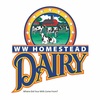
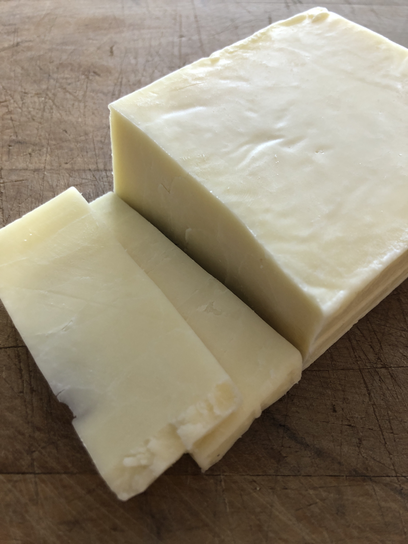
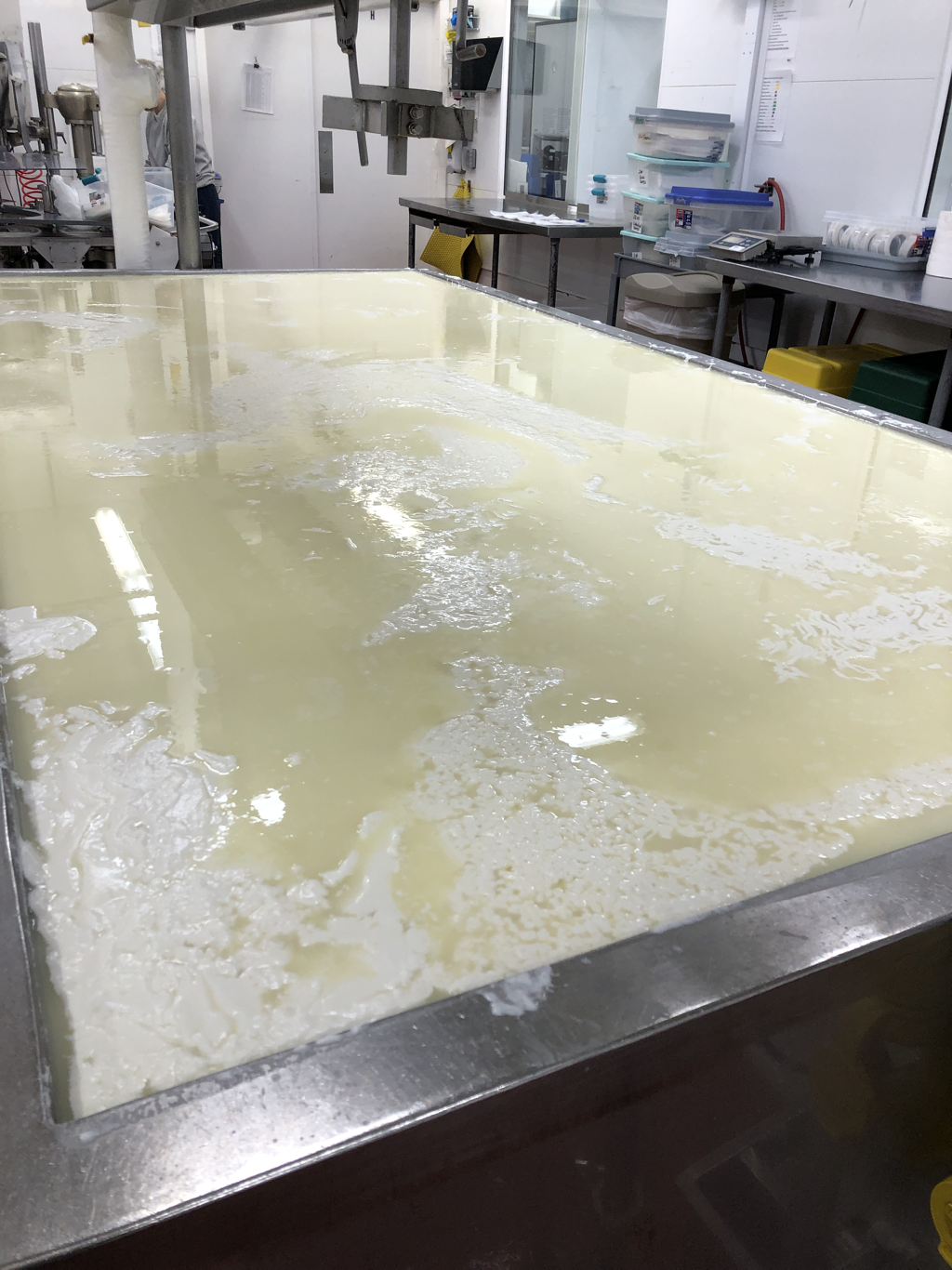
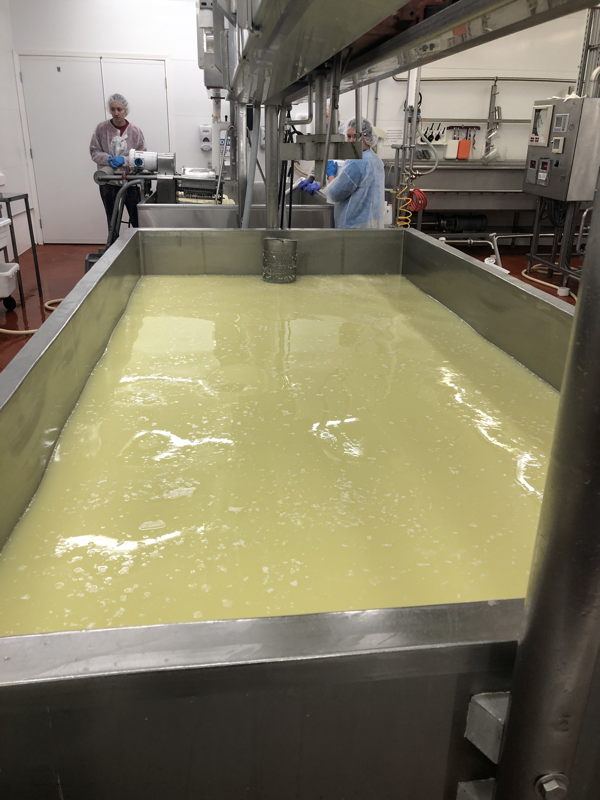
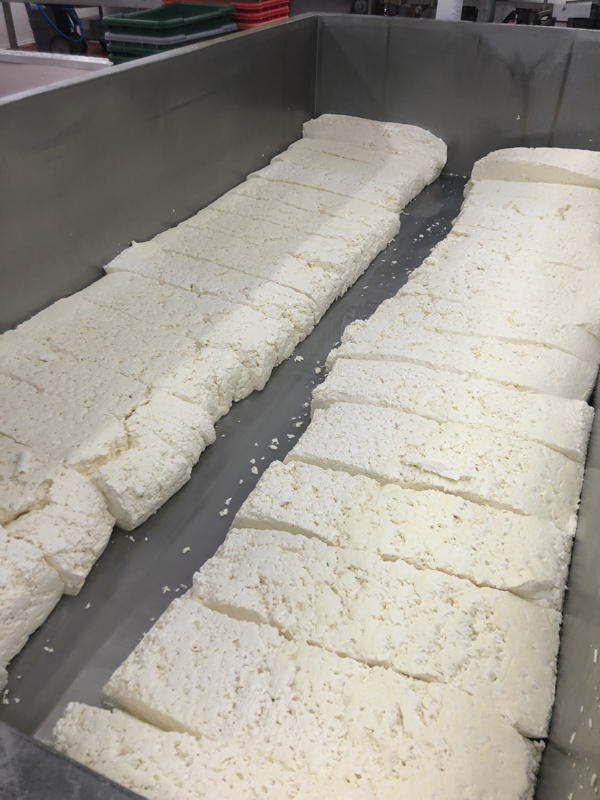
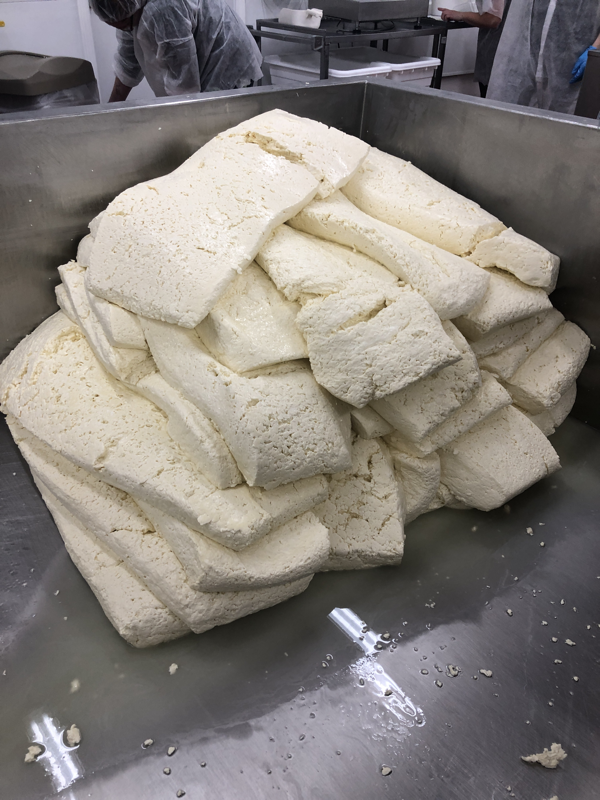
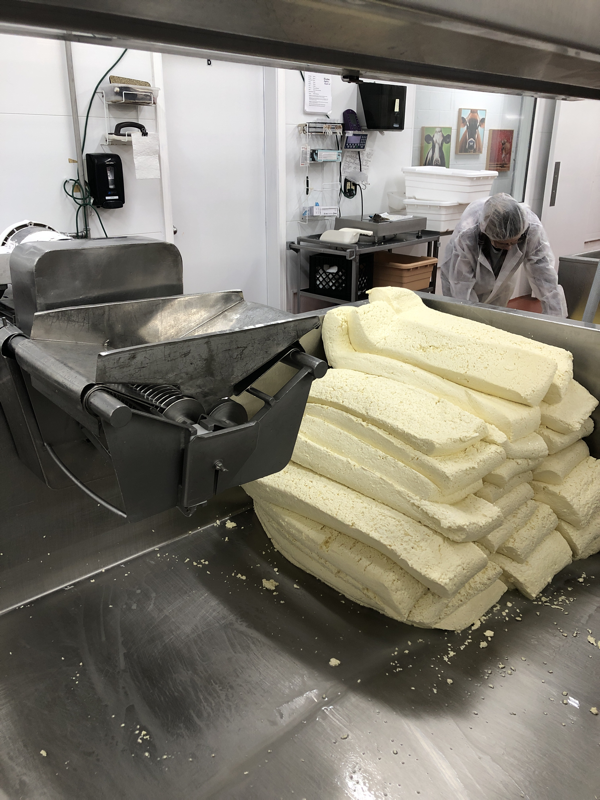
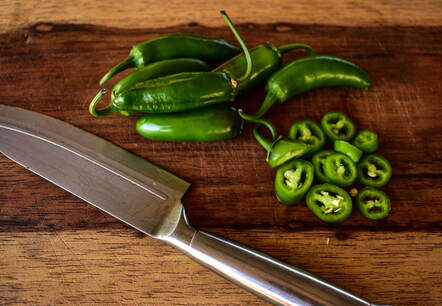
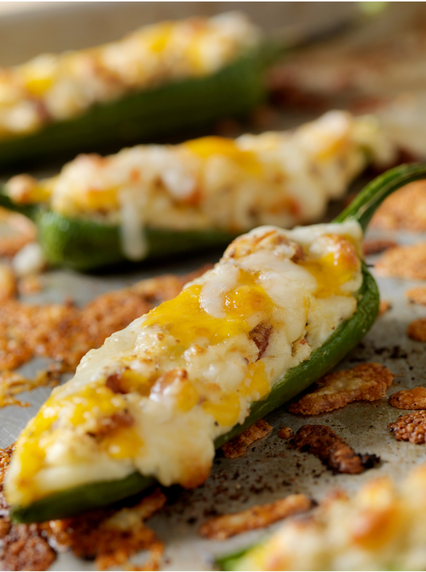
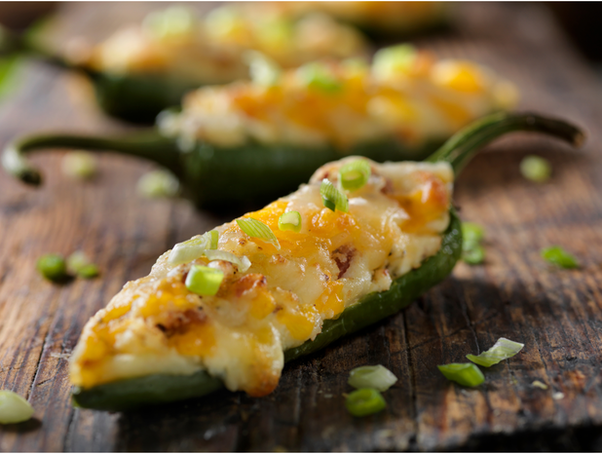
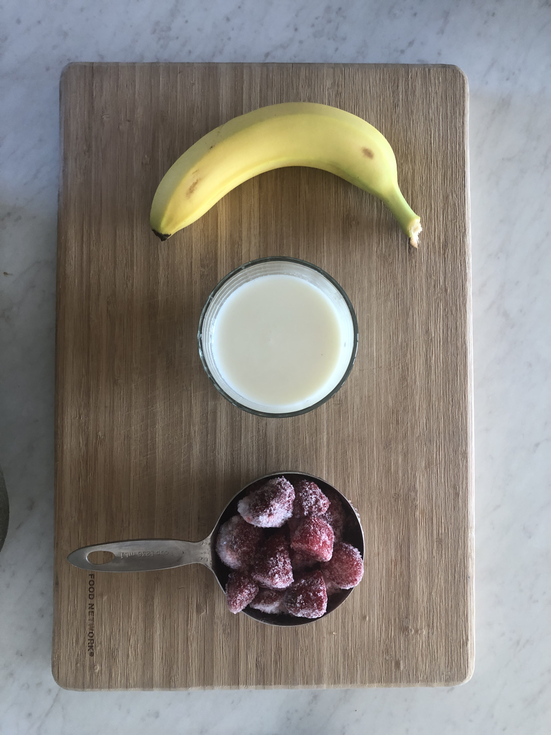
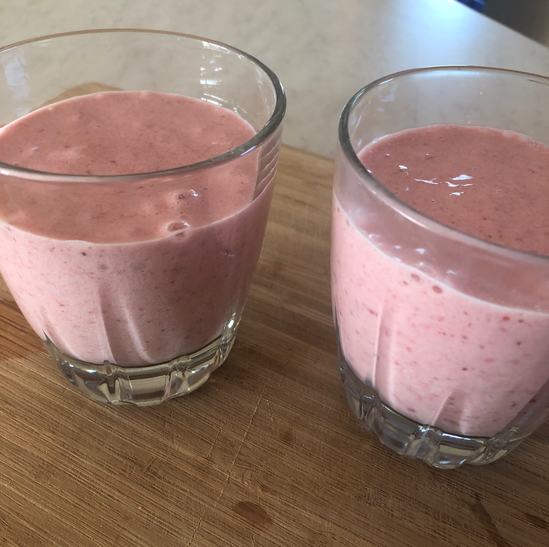
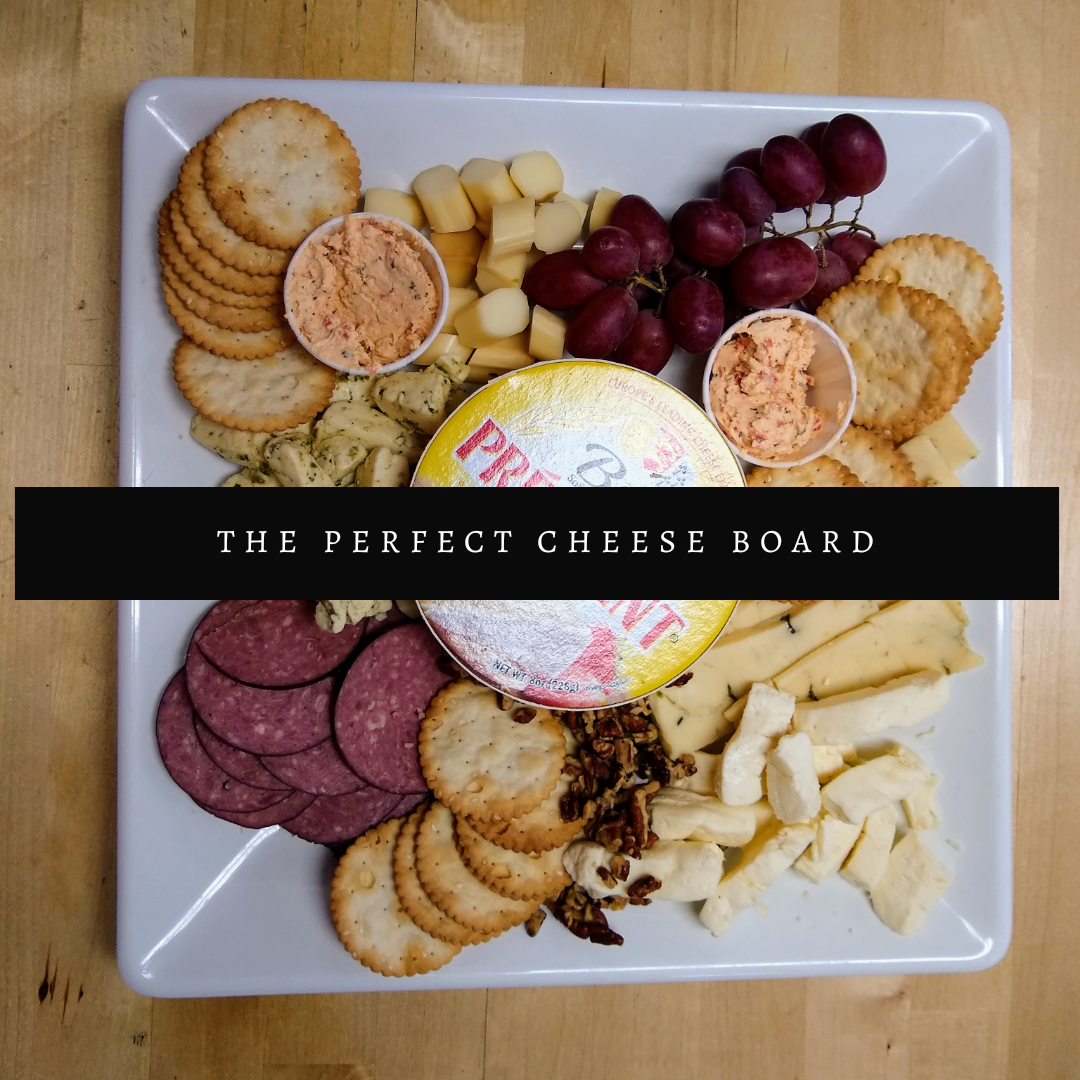
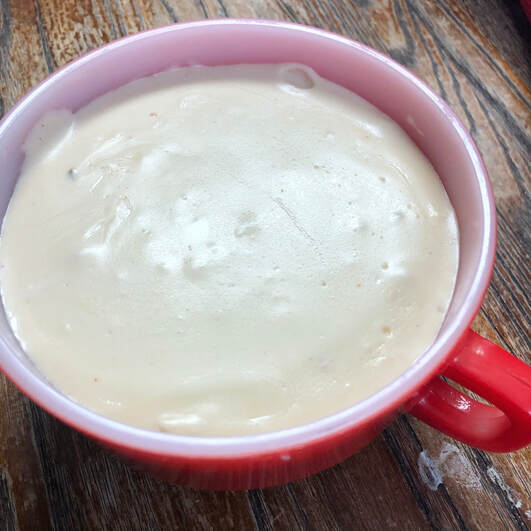
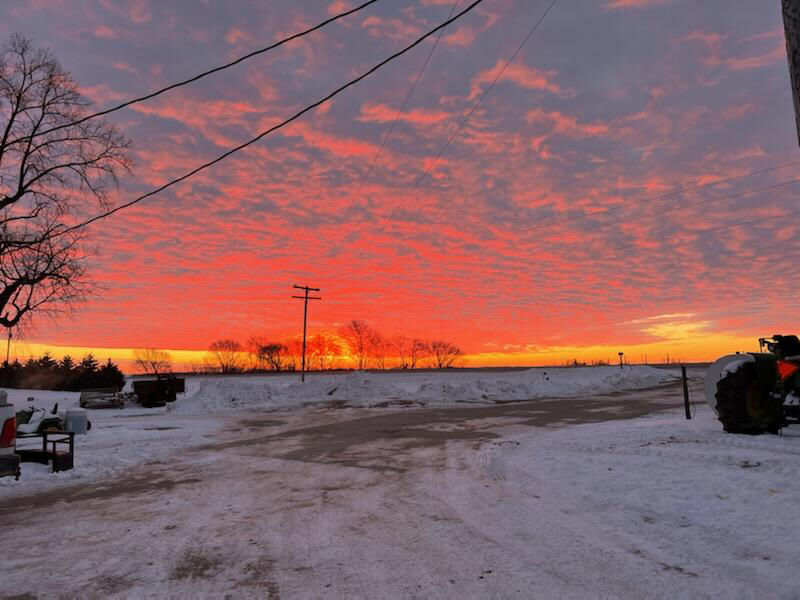
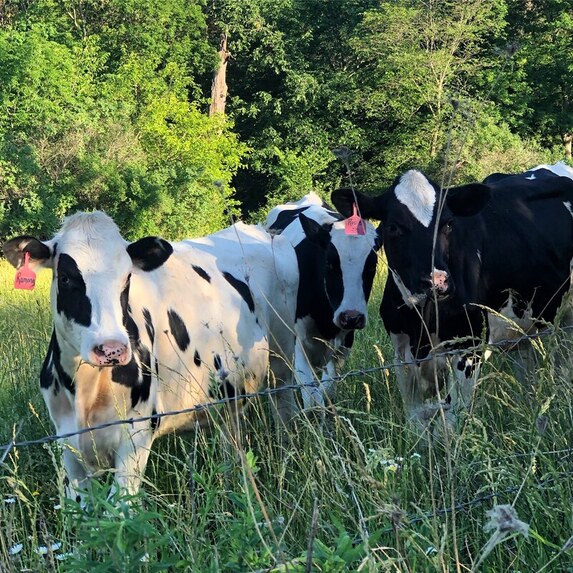
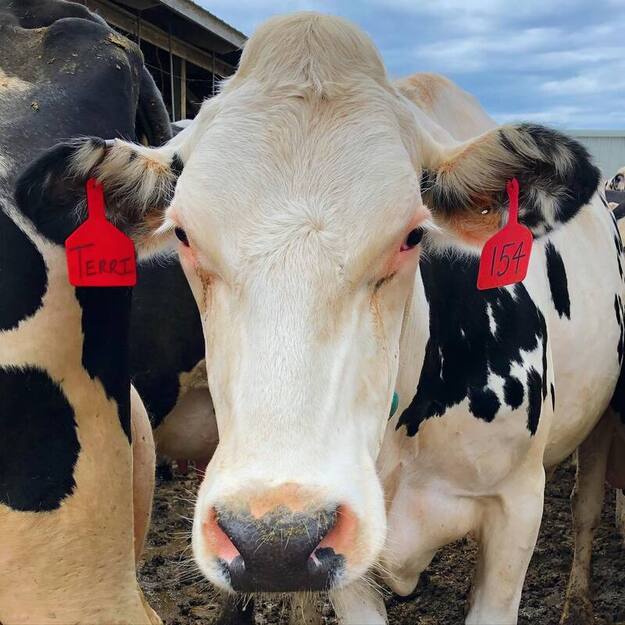
 RSS Feed
RSS Feed